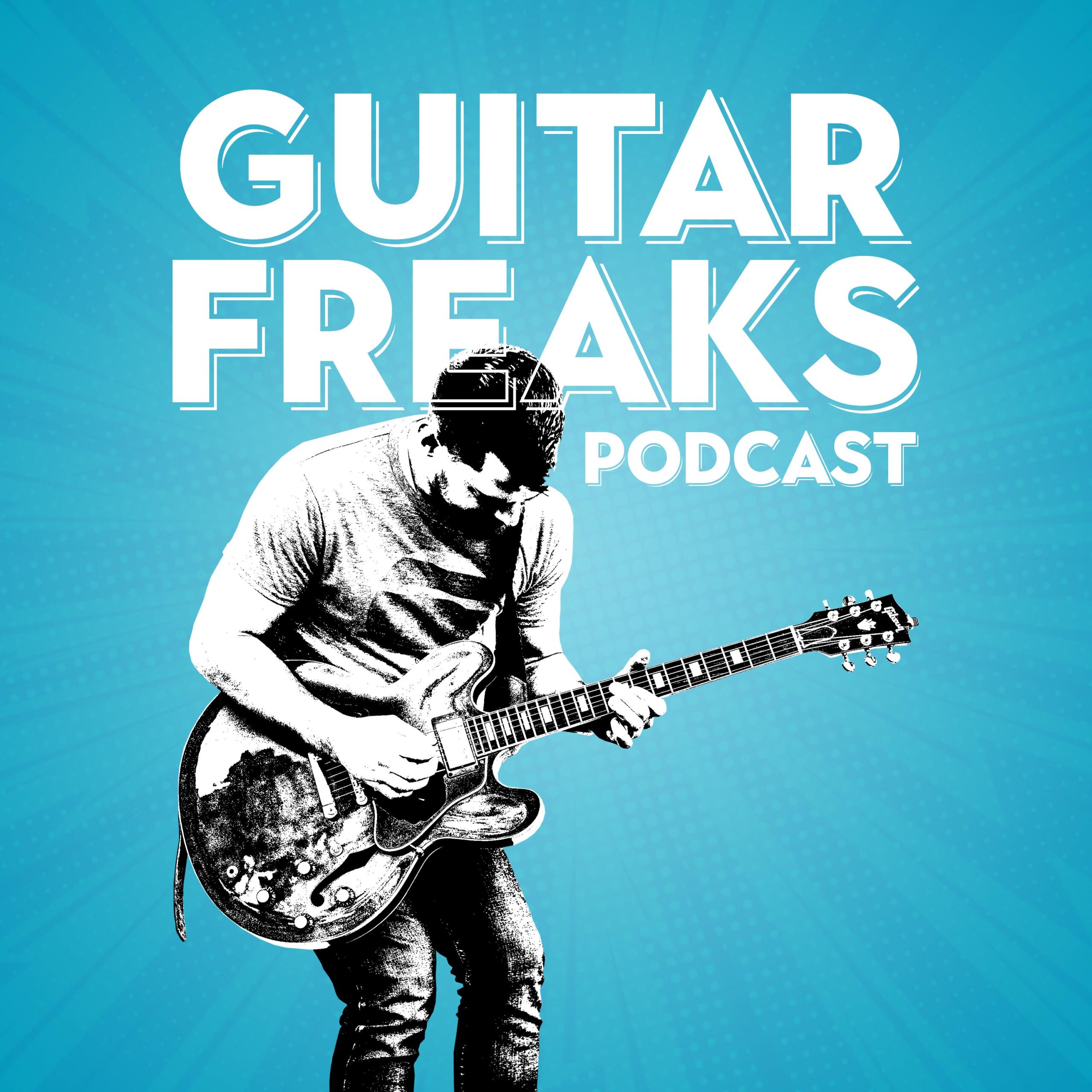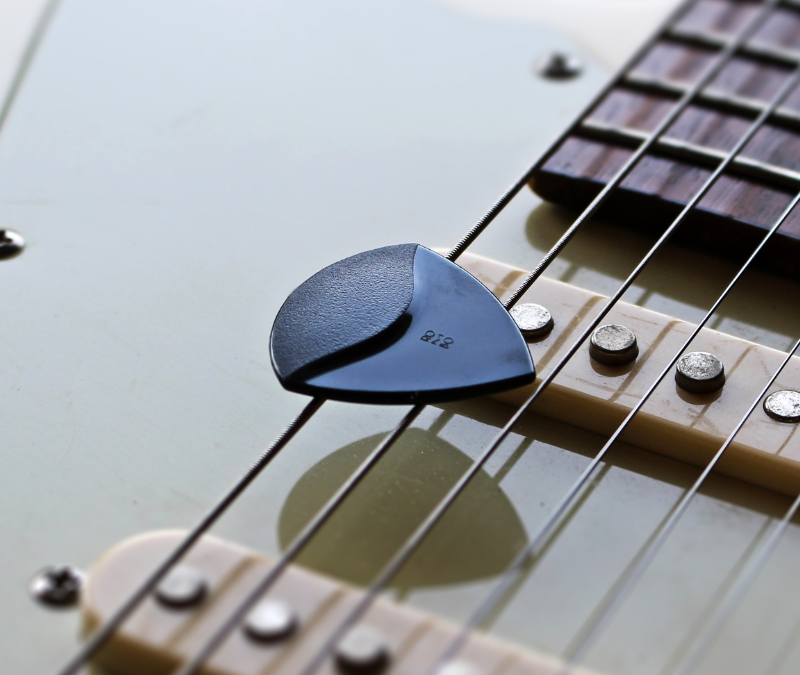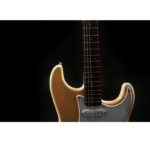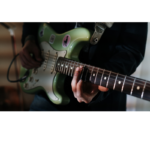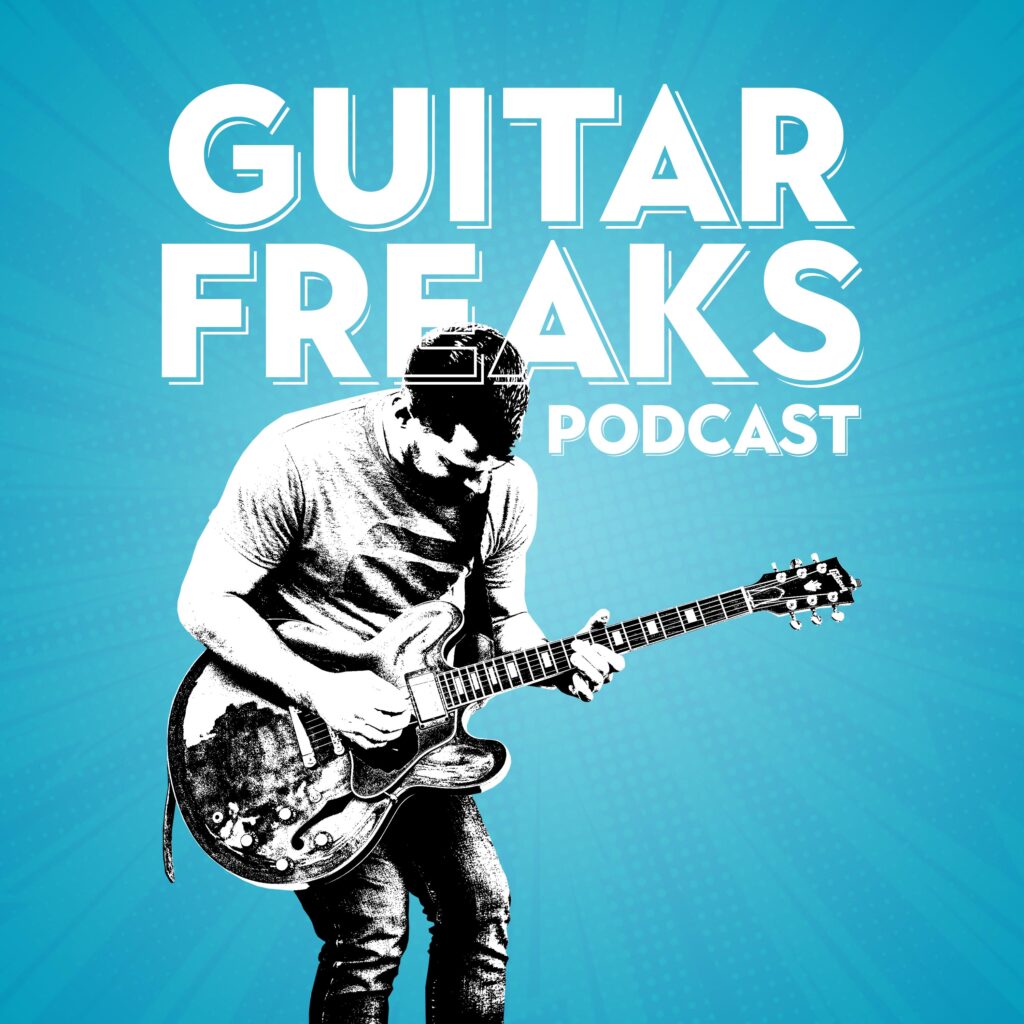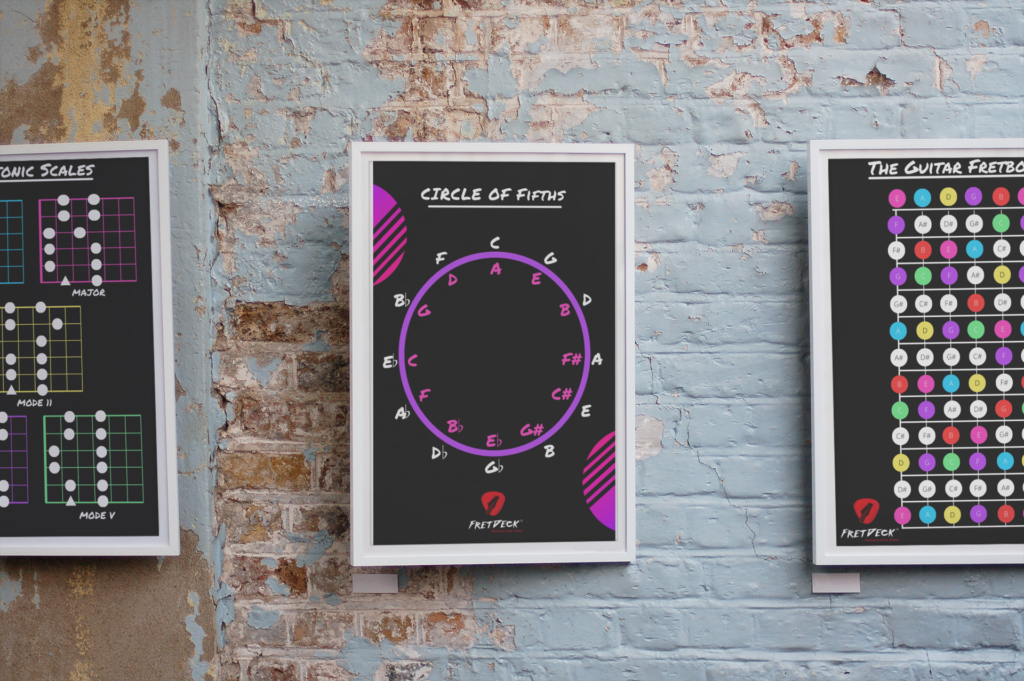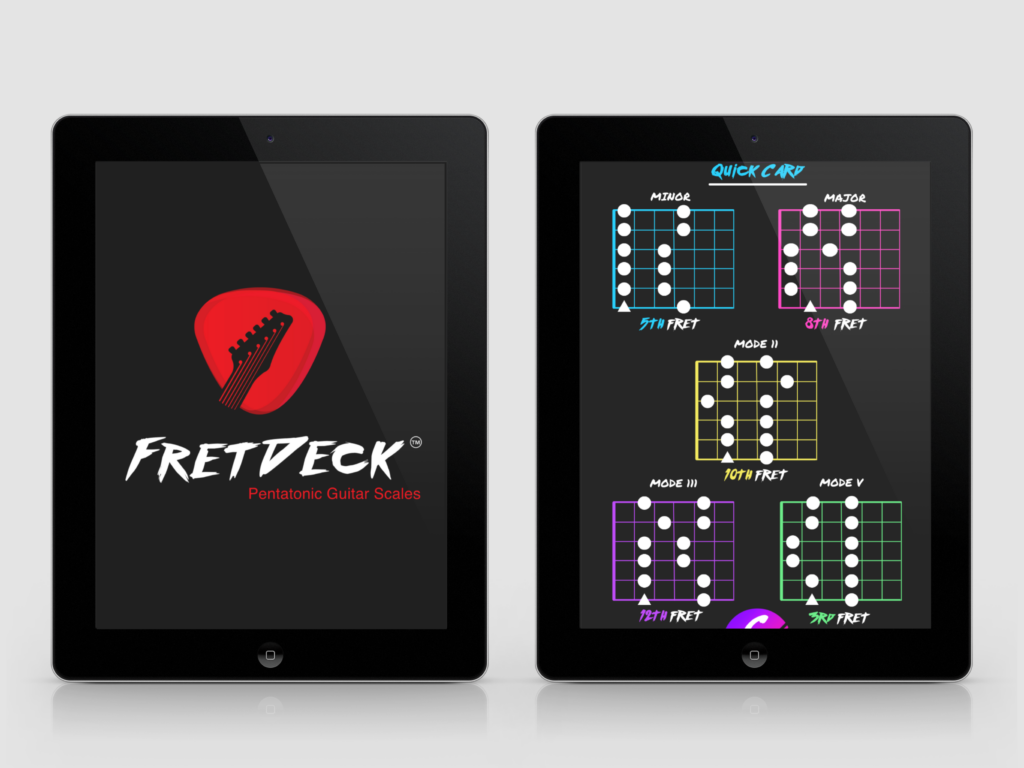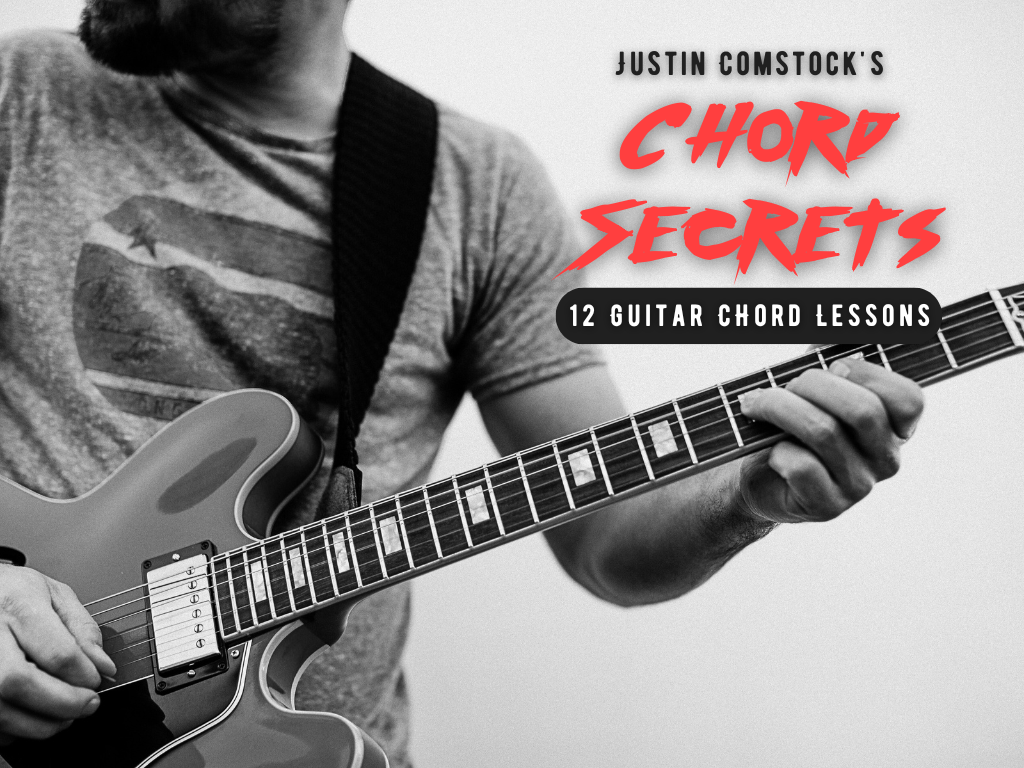There’s something magical about discovering new possibilities on the fretboard—particularly when it comes to advanced guitar chords. One of the most rewarding techniques to add depth and sophistication to your playing is learning how to use chord inversions. Whether you’re a rhythm guitarist looking to spice up your progressions or a soloist exploring fresh harmonic ideas, chord inversions open up a world of creativity and freedom.
In this guide, we’ll explore the concept of chord inversions, break down the theory behind them, and provide practical examples for applying them to your playing. By the end, you’ll have the tools to create smoother progressions, unlock new voicings, and elevate your music with advanced guitar chords.
What Are Chord Inversions?
In their simplest form, chord inversions are variations of a chord where the bass note (the lowest note) is something other than the root. This shifts the order of the notes, creating a different sound and feel while retaining the harmonic identity of the chord.
For example, in a standard C major chord (C-E-G):
- Root Position: C is the lowest note (bass), followed by E and G.
- 1st Inversion: The E moves to the bass (E-G-C).
- 2nd Inversion: The G moves to the bass (G-C-E).
Even though the chord remains C major, these inversions give each voicing a unique flavor.
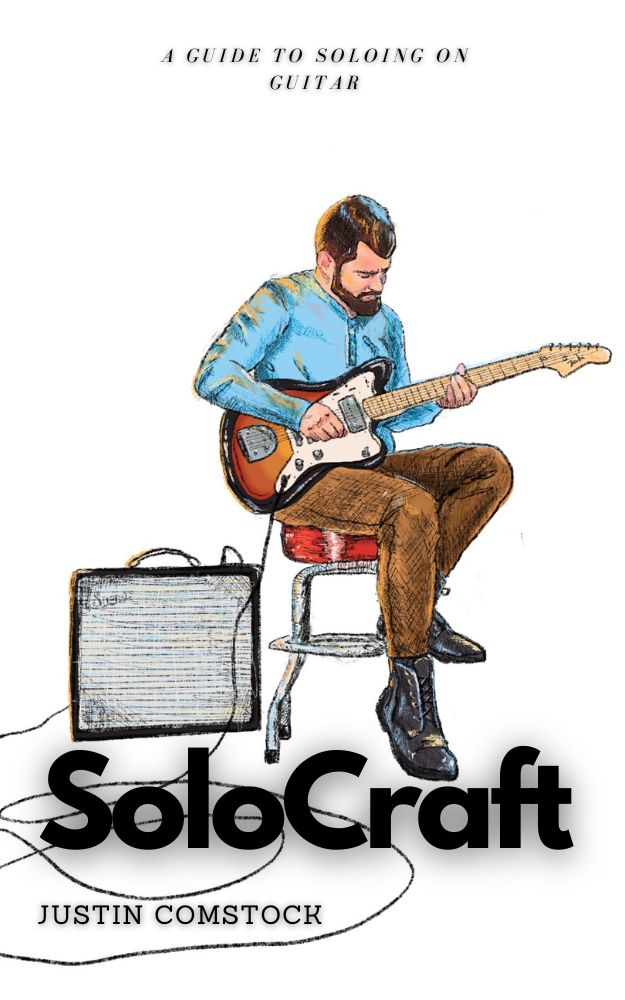
Download the ebook “SoloCraft”!
SoloCraft is the ultimate guide to mastering guitar soloing, designed for players of all levels. Packed with step-by-step lessons, pro-level techniques, and real-world examples, SoloCraft teaches you how to navigate the fretboard, craft expressive solos, and unlock your full potential as a lead guitarist. Whether you’re improvising, building speed, or adding emotion to your playing, SoloCraft gives you the tools to solo like a pro.
Download Now
Why Use Advanced Guitar Chords?
Chord inversions are a powerful tool for creating variety and movement in your playing. Here’s why they’re so useful:
- Smoother Voice Leading: Inversions allow you to move between chords more smoothly by minimizing large jumps on the fretboard.
- Enhanced Texture: Different bass notes and voicings can add depth and richness to your sound.
- Creative Freedom: Inversions let you break away from the standard shapes and explore new tonal possibilities.
- Practical Use in Band Settings: Playing inverted chords can help you avoid clashing with bass lines or other instruments in a mix.
The Theory Behind Chord Inversions
To truly unlock the potential of chord inversions, it helps to understand the basics of chord structure and intervals.
Building a Chord
A basic triad is made up of three notes:
- Root (the name of the chord).
- Third (major or minor interval above the root).
- Fifth (perfect interval above the root).
For example:
- C Major Triad: C (root), E (major third), G (perfect fifth).
Inversions in Triads (Advanced Guitar Chords)
When you invert a chord, you change the order of these notes:
- Root Position: Root → Third → Fifth (C → E → G).
- 1st Inversion: Third → Fifth → Root (E → G → C).
- 2nd Inversion: Fifth → Root → Third (G → C → E).
Each inversion alters the sound while maintaining the chord’s identity.
Inversions in Seventh Chords (Advanced Guitar Chords)
When you add a fourth note to create a seventh chord, you get even more inversion options:
- Root Position: Root → Third → Fifth → Seventh.
- 1st Inversion: Third → Fifth → Seventh → Root.
- 2nd Inversion: Fifth → Seventh → Root → Third.
- 3rd Inversion: Seventh → Root → Third → Fifth.
For example, a Cmaj7 chord can be played as:
- Root Position: C → E → G → B.
- 1st Inversion: E → G → B → C.
- 2nd Inversion: G → B → C → E.
- 3rd Inversion: B → C → E → G.
How to Play Chord Inversions on Guitar
Now that you understand the theory, let’s apply it to the fretboard. Here are some practical examples to get you started.
Example 1: Major Triad Inversions
Let’s work with a C major chord and play its inversions.
Root Position (C-E-G)
- Shape: Play an open C major chord or a barre chord on the 8th fret (E-shaped).
1st Inversion (E-G-C)
- Shape: Move to the 7th fret on the A string (C-shape). This places E in the bass.
2nd Inversion (G-C-E)
- Shape: Play a G chord shape at the 10th fret of the A string. G becomes the bass note.
Example 2: Minor Triad Inversions
For a D minor chord:
Root Position (D-F-A)
- Shape: Open Dm chord or barre chord on the 5th fret (Am-shaped).
1st Inversion (F-A-D)
- Shape: Use the 8th fret on the A string (C-shape), with F as the bass.
2nd Inversion (A-D-F)
- Shape: Use a D-shape on the 12th fret, with A in the bass.
Example 3: Seventh Chord Inversions
For a G7 chord:
Root Position (G-B-D-F)
- Shape: Open G7 chord.
1st Inversion (B-D-F-G)
- Shape: Use the 7th fret on the low E string, starting with B.
2nd Inversion (D-F-G-B)
- Shape: Play a D7-shape on the 10th fret.
3rd Inversion (F-G-B-D)
- Shape: Use the 13th fret, with F in the bass.
Using Chord Inversions in Progressions
One of the best ways to practice chord inversions is by incorporating them into progressions.
Progression 1: C → G/B → Am → F
This progression uses first inversions to create smoother bass movement:
- C: Root position.
- G/B: 1st inversion of G (B in the bass).
- Am: Root position.
- F: Root position.
Guitar Tip:
Experiment with connecting the chords using the bass notes as a melodic line.
Progression 2: Dm → A7/C# → F → G7/B
This progression highlights secondary dominants and inversions:
- Dm: Root position.
- A7/C#: 1st inversion of A7.
- F: Root position.
- G7/B: 1st inversion of G7.
Chord Inversions for Specific Genres
Jazz
In jazz, inversions are used to create voice-leading and smooth chord transitions. For example:
- ii-V-I in C major: Dm7 → G7 → Cmaj7
Use inversions to minimize fretboard movement: - Dm7: 1st inversion.
- G7: Root position.
- Cmaj7: 2nd inversion.
Pop and Rock
Inversions add movement to simple progressions:
- Example: C → G/B → Am → G.
Use these inversions to create a more dynamic progression without adding extra chords.

Download the ebook “SoloCraft”!
SoloCraft is the ultimate guide to mastering guitar soloing, designed for players of all levels. Packed with step-by-step lessons, pro-level techniques, and real-world examples, SoloCraft teaches you how to navigate the fretboard, craft expressive solos, and unlock your full potential as a lead guitarist. Whether you’re improvising, building speed, or adding emotion to your playing, SoloCraft gives you the tools to solo like a pro.
Download Now
Fingerstyle
Inversions work beautifully for fingerstyle guitar, where the bass note can define the arrangement.
Tips for Mastering Advanced Guitar Chords
- Practice Slowly: Focus on clean transitions between inversions.
- Use a Metronome: Practice switching between inversions in time.
- Experiment with Basslines: Let the inversion dictate the movement of your bass notes.
- Explore Open Voicings: Combine open strings with inversions for a unique sound.
Final Thoughts: Elevate Your Playing with Chord Inversions
Learning advanced guitar chords like inversions can transform your playing, whether you’re a rhythm guitarist, soloist, or songwriter. They add depth, movement, and sophistication to your music while opening the door to countless creative possibilities.
For more lessons on advanced guitar chords, join the Guitar Freaks Hangout on Discord. Connect with fellow players, get exclusive tips, and access free resources like my eBook, Fret Logic.
🎸 Join the Guitar Freaks Hangout here!
What’s your favorite way to use chord inversions? Let me know in the comments!
For a deeper understanding of chord inversions and their practical applications, you might find our article on Triads On Guitar: Chords and Rhythm Simplified particularly helpful. This piece delves into the foundational aspects of triads, offering insights into chord inversions, voicings, and their role in crafting smooth chord progressions and dynamic rhythm parts.
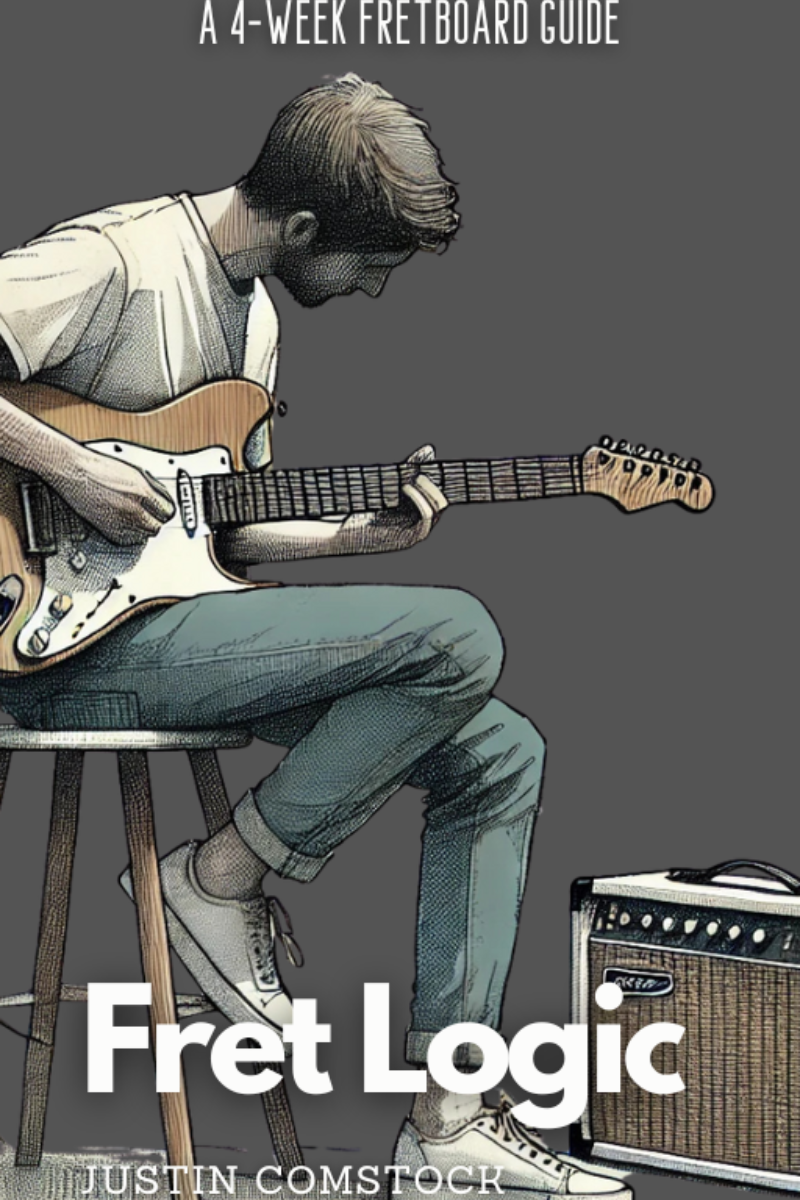
Join Guitar Freaks Hangout on Discord! 🎸
Get Fret Logic FREE!
Join the Guitar Freaks Hangout Discord and get exclusive access to my entire e-book, Fret Logic! Master the fretboard and elevate your solos with this comprehensive guide.
👉 Don’t miss out—join now and download your free copy!
